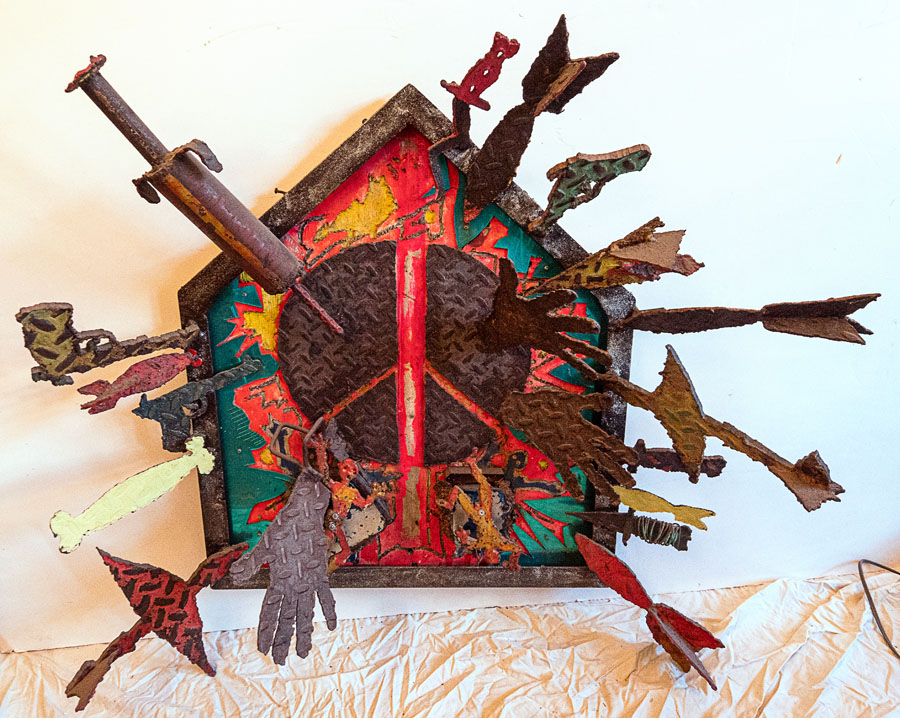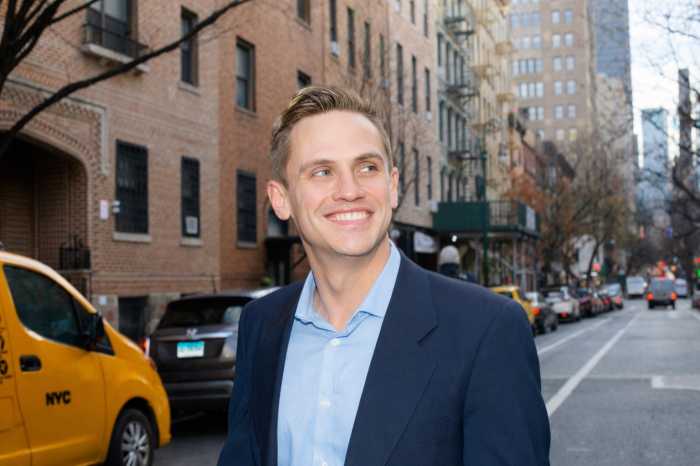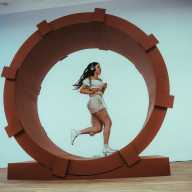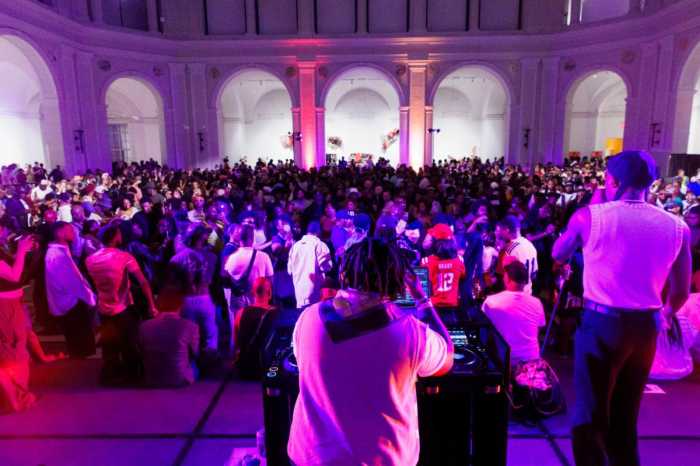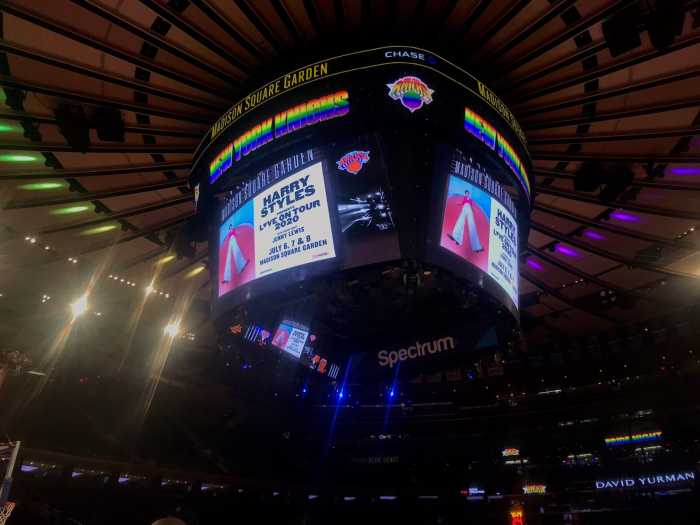In the relentless hum of New York City, where the skyline dances to the rhythm of ambition and creativity, Linus Coraggio’s artistic journey began. From the moment he could grasp a pencil, Coraggio was destined to shape the world around him. At just one year old, he began to draw; by eight, he was crafting intricate sculptures from cardboard and wood, each piece a testament to his burgeoning genius.
At twelve, while most kids were navigating the chaos of adolescence, Coraggio was designing and building his first piece of furniture. Growing up amidst the eclectic energy of NYC, he attended public high school, where he met and collaborated with other local artists, each interaction a catalyst for his creativity.
The 1980s were a crucible for Coraggio’s talent. He began showcasing his sculptures in group exhibits across the city, often curating these displays in cutting-edge spaces like ABC No Rio. It was during this explosive decade that Coraggio invented “3-D Graffiti,” a revolutionary form of street art that transformed urban landscapes. His welded, graffitied constructions, bolted onto No-Parking signposts in major cities, challenged the very fabric of graffiti and public art, infusing the streets with a new kind of visual poetry.

Coraggio was not just an artist; he was a force of nature in the East Village art scene. In 1985, he founded the Rivington School, a radical sculpture collective that redefined artistic collaboration. Their massive junk sculpture installations on the Lower East Side became legendary, and Coraggio’s Gas Station/Space 2B—a sprawling studio made entirely from scrap metal—stood as a defiant beacon of creativity and innovation.
Coraggio’s talent and vision knew no bounds. His work earned him international acclaim and travel grants to Helsinki, Finland; Rotterdam, Holland; Linz, Austria; and Japan, where he created public sculptures that resonated with the local cultures while showcasing his unique style. Each piece was a testament to his ability to fuse the industrial with the artistic, turning metal into moments of brilliance.
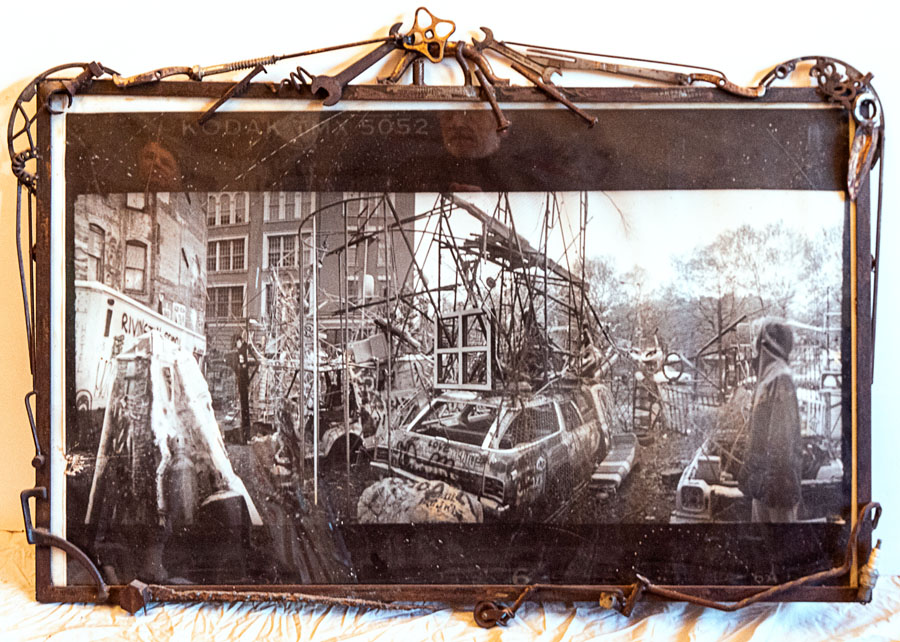
Today, Linus Coraggio continues to be a dynamic presence in New York City’s art world. His commissioned works and new welded sculptures, both abstract and figurative, reflect a lifetime of passion and innovation. His one-of-a-kind metal furniture pieces are more than functional items; they are bold artistic statements that challenge and inspire. Among his collectors is Ringo Starr, a testament to the universal appeal and timeless quality of his work.
In Coraggio’s hands, metal bends to the rhythm of his creativity, each sculpture pulsating with the energy of the city that shaped him. His legacy is etched in the steel and iron of his creations, forever transforming the landscape of contemporary art. In the ever-evolving tapestry of New York City, Linus Coraggio stands as a testament to the power of vision, passion, and the relentless pursuit of artistic brilliance.
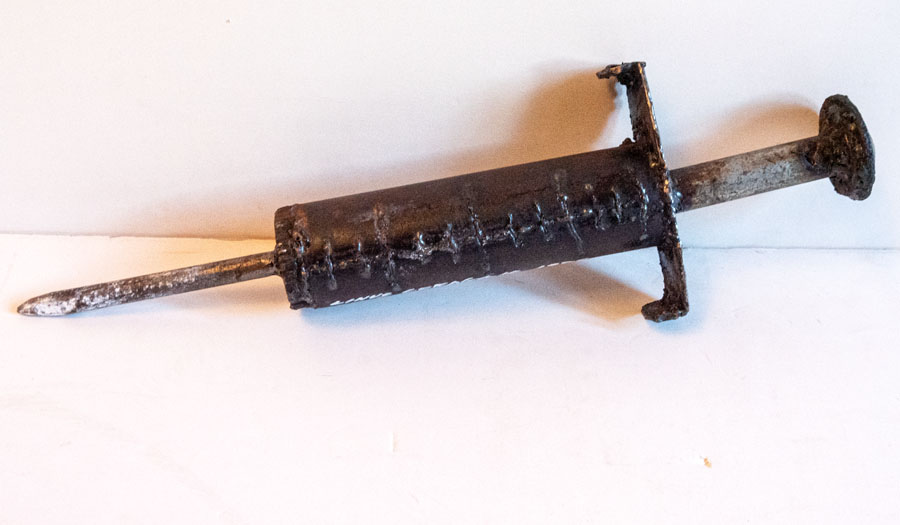
Read More: https://www.amny.com/new-york/manhattan/the-villager/



